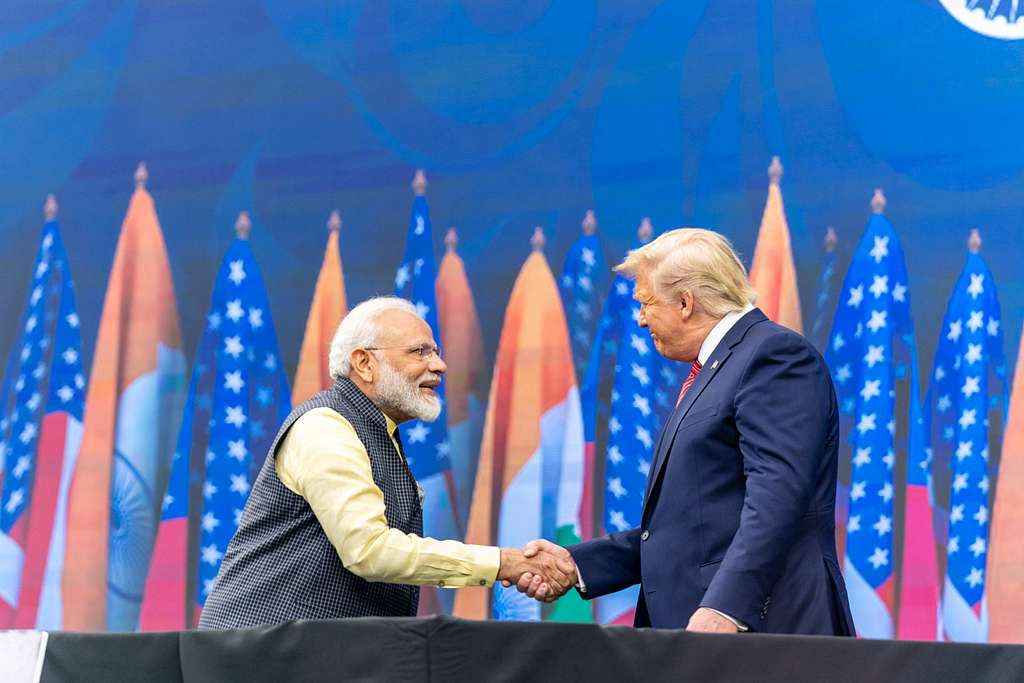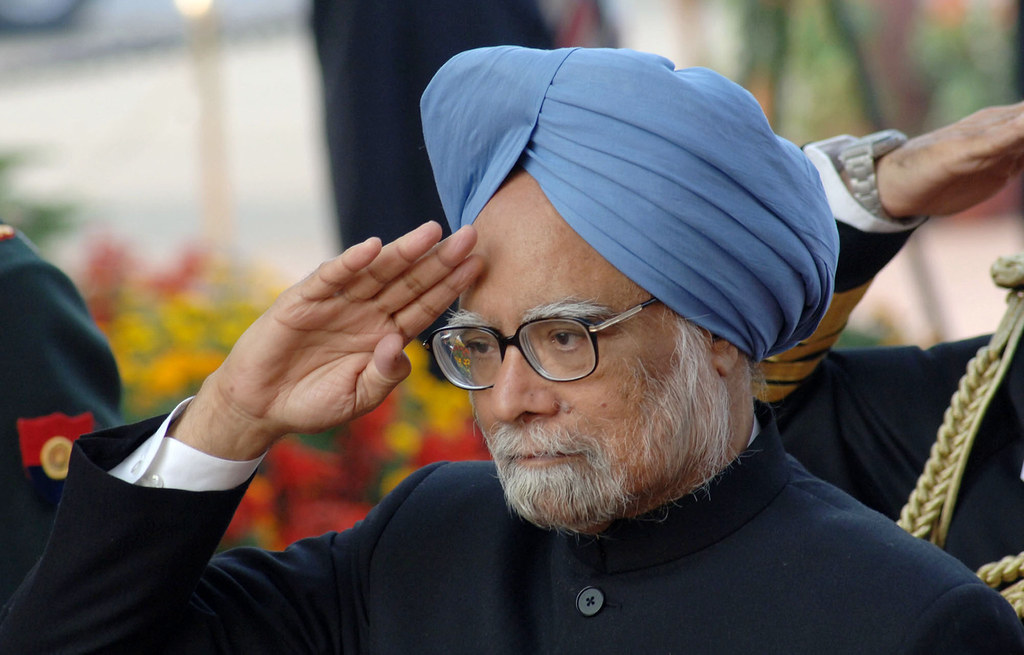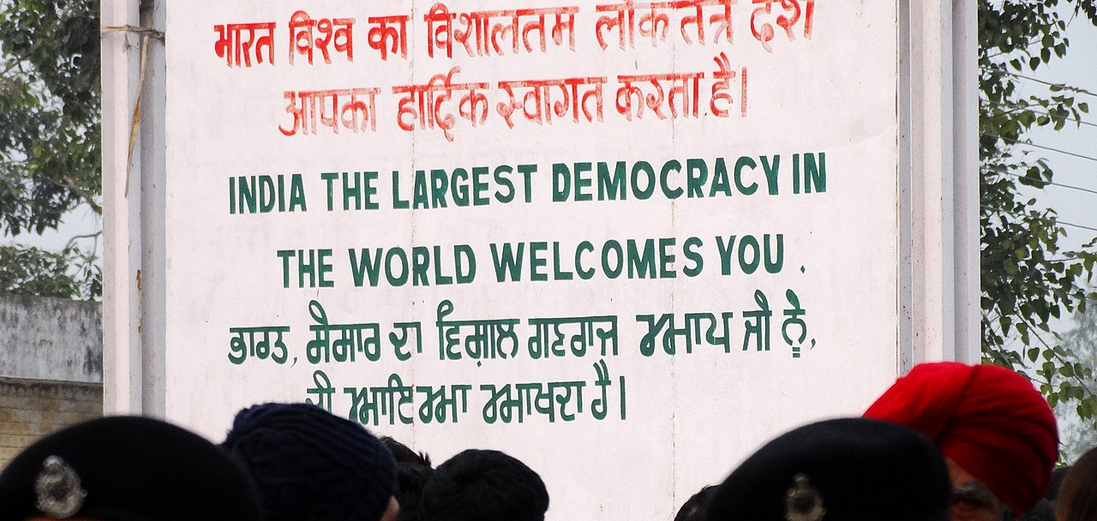
Long before Boolgarhi village in Hathras, there was Bisada village in Dadri. Exactly five years ago in September 2015, a 50 year old Mohammed Akhlaq was lynched to death for allegedly consuming and storing beef. The killers were all upper caste men who were all eventually let off on bail. The local MP Mahesh Sharma, who was then a union minister, attended the funeral of one of the accused, the body draped in the tricolor. Chief minister Yogi Adityanath began the BJP’s 2019 election campaign from the village: seated in the front row was another of the accused. In his speech, Adityanath referred to the Akhlaq incident: ‘Who does not know what has happened in Bisada? Everybody knows it. How shamefully the Samajwadi party government tried to suppress it. As soon as our government was formed, we got all illegal slaughter houses stopped in one go and ensured strict implementation.” The sizeable crowd, including the accused, clapped vociferously. Those facing serious criminal charges were being explicitly endorsed by the chief minister. There was not a word of regret at the lynching of Akhlaq. The BJP won the Greater Noida Lok Sabha seat where Bisada is located, one of the 73 it swept across Uttar Pradesh.
Like in Bisada, the sense of remorse is missing again in Boolgarhi. Rather than empathizing with the family of the assaulted girl, the chief minister’s office claims that there is a ‘conspiracy’ to foment caste and communal violence in the state and has filed multiple FIRs against ‘unknown persons’. The ex-BJP MLA of Hathras has organized a panchayat of the predominantly upper caste villagers to defend the men accused of assaulting the girl. A vicious social media campaign has started to question the version of the victim’s family and engage in character assassination: the girl’s dying declaration where she claims to have been gang-raped is lost in the cacophony. If in Akhlaq’s case, the ‘investigation’ was reduced to whether he had stored meat or beef in his house, here the nature of the assault is being put through the microscope. Should it really matter whether semen is found or not on the Hathras victim in a much delayed forensic report when the real issue is that a young, defenceless girl has suffered a traumatic death with her body being cremated in unconscionable haste well past midnight and the family is barricaded like caged animals with no dignity in life and death?
In both Bishada and Boolgarhi, the Yogi government has been shown up to be an insensitive, heartless regime that has scant regard for human tragedy but instead uses the brute power of the state machinery to wilfully engage in a cover-up. And yet, there is a crucial difference. Akhlaq was a Muslim, a community which has been systematically demonized in Yogi’s UP and whose social and political marginalisation is part of a conscious majoritarian agenda. Which is why Adityanath’s government could openly line up behind Akhlaq’s killers without any compunction. In fact, any civil society or political campaign to seek Justice for Akhlaq suited the BJP: it only made it easier for the party to polarize the electorate on the ground.
Truth is, Muslim lives do not matter to the Yogi government. Which is why an Akhlaq’s killers will get away. Which is also why a Dr Kafeel Khan, the Gorakhpur doctor who dared to raise his voice against the Yogi government, has spent months in jail or in hiding on specious charges. Which is why anti-Citizenship Amendment Act protestors in UP are randomly picked up and arrested under stringent provisions.
By contrast, Dalit lives do matter, at least politically. Dalits may still struggle to socially challenge upper caste dominance in deeply hierarchical societies as Hathras exemplifies. Many of them are still burdened by pre-ordained caste occupations, pushed into being sanitation workers for example simply because that is seen as their ‘karma’ in an unjust and unequal Hindu social order. And yet, their growing political empowerment is also a reality. The recent electoral supremacy of the BJP, especially in Uttar Pradesh, has been driven by a cross-caste Hindutva appeal, one where Dalit support has been a vital factor. The Centre for Developing Societies (CSDS) 2019 post poll study reveals that the BJP’s vote share among Dalits went up by a striking 10 per cent from 24 per cent to 34 per cent in five years. The party dominated a majority of the reserved seats in north India. While Mayawati was locked into her traditional Jatav vote, the non-Jatav Dalits in particular voted for the BJP in large numbers. This includes the influential and sizeable Valmiki sub-caste to which the victim belongs. You can publicly stand with Akhlaq’s killers without any sense of guilt, backing the killers of the Boolgarhi girl is far more difficult.
Moreover, the accused are all Thakurs, a community which the Yogi government is alleged to have patronized. That many of the chief minister’s opponents now choose to refer to him by his original name of Ajay Singh Bisht is part of a calculated political strategy to remind the voters of the saffron clad monk’s Thakur roots. The Thakurwaad labelling is politically suicidal in UP’s complex caste matrix: the BJP’s resurgence in the state has revolved around breaking its upper caste stereotype. Which is also why a number of the BJP’s Dalit MPs and also one of its original OBC mascots, Uma Bharti, have been critical of the handling of the Hathras assault. Underlying such criticism is the recognition that the BJP’s upper caste ‘manuwaadi’ image had allowed the Mayawatis and Mulayams to build their counter challenge in the past.
Which is why the Yogi government is playing with fire if it acts with familiar impunity and denies justice to a Dalit family in the media glare. Where once a Mayawati and her Bahujan Samaj party filled the void, today it is a new generation of younger Dalit leaders like Chandrashekhar Azad of the Bhim army who may well emerge as champions of another bout of Dalit political assertion. That the Congress too is seeking to revive itself in UP with Priyanka Gandhi Vadra as their face is another reason to shake the BJP from its sense of seeming complacency. The UP assembly elections are still more than a year away and the BJP is easily the most formidable election machine on the ground. But even well-oiled machines need to be handled with care and caution. Not be spearheaded by brazenly unapologetic regimes who thrive on the politics of fear and divide.
Post-script: National Crime Record Bureau figures show that 10 Dalit women are raped every day (88 women every 24 hours). I just wonder: would a girl sexually assaulted in a remote village in Jharkhand or Chattisgarh get the same visibility as Hathras? The fact that many ‘national’ channels are located in Noida in UP is an inescapable reality that has come to haunt the Yogi government.





































































































































































